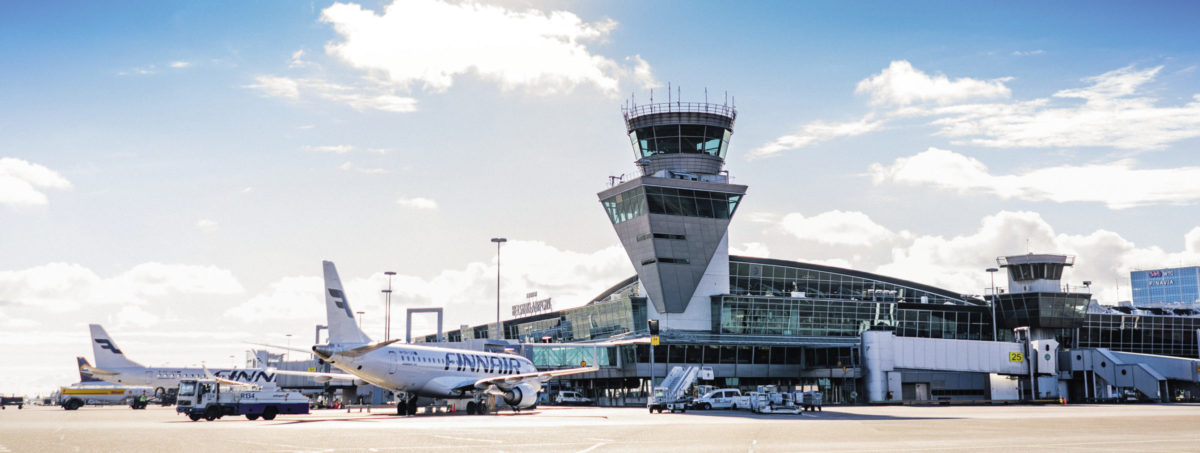Developing utility scale solar on airport sites reduces the carbon footprint of such infrastructure but can also interfere with airspace and generate glare and radar interference.
Researchers from Malaysia’s Universiti Malaysia Pahang and the Maulana Azad National Institute of Technology Bhopal, in India, have sought to model how best to install solar in such complex, challenging environments.
Aviation authorities are particularly concerned about potential visual impairment of pilots and airport staff due to glare from solar panels, according to the academics. For example, the 2.1 GW floating solar plant the South Korean government is planning near the Saemangeum tidal flat has encountered resistance from a nearby United States Forces Korea air force base over glare concerns.
The Indo-Malay group cited a PV installation in 2012 at the Manchester-Boston Airport in the United States which, after construction, had to be temporarily covered during hours when the control tower experienced blinding glare. The orientation of the project eventually had to altered. “These alterations reduced the energy yield from the solar plant and reported an economic loss in millions of dollars,” said the researchers.
Case study
The research group presented a case study for a fixed-tilt, ground-mounted solar plant at Malaysia’s Kuantan airport. Using the ForgeSolar software developed by U.S.-based nuclear security research company Sandia Laboratories to model glare, the Indo-Malay group calculated the glare impact from the proposed plant and estimated its power output potential. “The amount of sunlight reflected from the solar PV module mainly depends on the intensity of solar irradiation, properties of PV module, size and orientation of PV array, PV technology and ocular parameters,” stated the group.
After the glare assessment, the group used SolarGIS PV yield estimation software and mathematical equations to evaluate expected performance and potential sites for the facility at the airport were assessed.
Simulation
Assuming the potential sites were all flat and had minimal shading, and that the project would feature 300 W conventional solar modules and 500 kW three-phase inverters, the researchers found all the sites would offer very low interference with the airport’s communication systems and that a PV plant would not affect air-side facilities – areas beyond passport and customs control – or airspace restrictions.
The researchers simulated a 20 MW solar plant and analyzed expected performance based on parameters such as performance ratio, final yield and capacity factor. The proposed plant was expected to benefit from good irradiation and favorable temperatures and wind speeds. Glare was predicted to be absent from seven of the eight analyzed zones. The sole exception would have experienced 30-40 minutes of morning glare from mid April to the end of September, the researchers predicted.
The group said the 20 MW of generation capacity could be spread across the seven glare-free zones. “The solar power potential for [zones 1-7] is 2 MW, 1.5 MW, 4 MW, 2.5 MW, 3 MW, 2 MW, 5 MW, respectively,” said the academics.
Technology
Four PV module technologies were simulated for the calculation of energy yield. Cadmium telluride (CdTe) panels were said to offer the largest annual power output, of 1,455.2 MWh; followed by amorphous silicon (a-Si) modules, with 1,442.4 MWh; copper, indium and selenium (CIS) modules, with 1,332.7 MWh; and crystalline silicon (c-Si) panels, with 1,315.2 MWh.
The researchers concluded, however, the best choice would be monocrystalline panels, presumably because of the cost per Watt generated. “The PV modules of 350 W power rating (LR4-60HPH-350M) manufactured by the solar manufacturer in Malaysia [were] chosen for the study,” they said, adding the project should be built with 57,143 such modules, 40 500 kW central inverters and 20 transformers.
The proposed plant would have an expected annual power output of 26,304 MWh versus the airport terminal building’s annual demand of 155.89 MWh. “Kuantan being a rural airport, the energy demand is not huge and it spreads across vast areas,” said the researchers. “Hence the energy consumption of rural airports can be met easily from solar power generation.”
The academics said the mandatory free space around the airport runway could host the solar plant and predicted the facility could operate with a 76.88% performance ratio and a 15.22% capacity utilization factor. “These results predict the safe operation of the airport-based solar system in Malaysia without glare impact,” the group concluded.
The findings of the research are presented in the paper Solar PV energy system in Malaysian airport: Glare analysis, general design and performance assessment, published in Energy Reports and on the ScienceDirect website.
This content is protected by copyright and may not be reused. If you want to cooperate with us and would like to reuse some of our content, please contact: editors@pv-magazine.com.




Solar Glare Assessments for PV-Parks in the vicinity of airports are important to protect pilots and air traffic controllers from dazzle that could impair their ability to do a tasks (such as recognition of planes, obstacles or terrain). However, not only the intensity of the glare is essential. Other parameters such as the size, duration and direction of the glare are even more important.
A comprehensive solar glare assessment evaluates all of these parameters and will determine if any mitigation measures (other than the standard anti-reflective coating) are needed. Zehndorfer Engineering has executed many glint and glare studies for airports in Europe, the Middle East, Africa and America. Our most recent solar glare assessment was done for the airport with the world’s shortest commercial landing strip on Saba Island in the Carribean. You will find news and essential background information about solar glare assessments on our website.